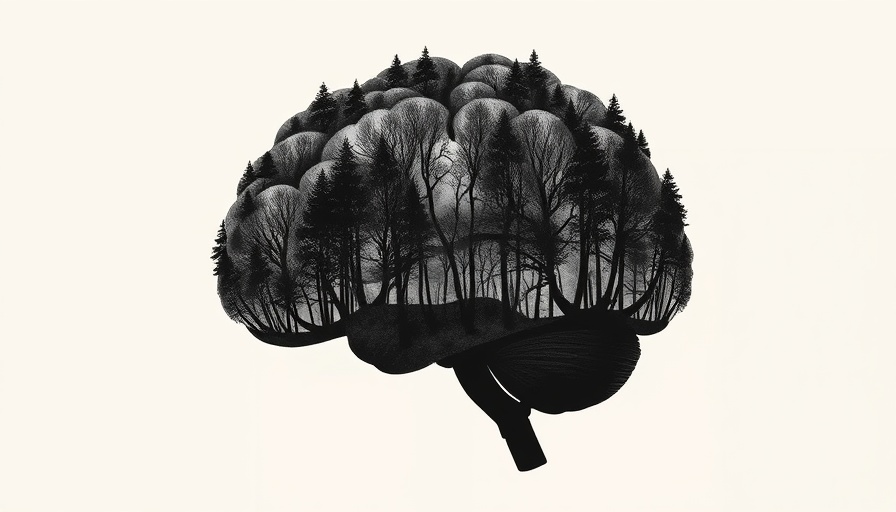
Embracing Natural Behaviors in Autism Research
The field of neuroscience is at a crossroads as researchers strive to better understand the complexities of natural behaviors, especially in relation to autism spectrum disorders (ASD). A significant focus has emerged on the importance of studying behaviors in more natural settings rather than relying solely on controlled laboratory experiments. Nachum Ulanovsky, in his groundbreaking book Natural Neuroscience: Toward a Systems Neuroscience of Natural Behaviors, argues that overcontrolled environments often obscure the true nature of neural processes involved in behavior.
The Spider’s Perspective: A Lesson for ASD Studies
To illustrate this point, Ulanovsky uses the jumping spider as a model for understanding natural intelligence. These creatures exhibit remarkable abilities in visual scene analysis that allow them to navigate complex environments while hunting and mating. Such sophisticated behaviors paralleled with challenges commonly faced by children on the autism spectrum can lead to valuable insights. For example, the spider’s ability to accurately represent its spatial environment and respond accordingly resonates with the cognitive challenges often experienced by individuals with ASD.
Relevance to Autism Research and Neuroscience
Current autism research must take a page from Ulanovsky’s playbook by incorporating naturalistic observations into the study of neurodevelopment. Traditional methods often miss crucial aspects of behavior that only emerge in more dynamic situations. For parents of autistic children, understanding these complexities is vital, as it can influence approaches to early intervention, behavioral therapy, and the direction of clinical trials.
How This Nuanced Understanding Can Help
Recognizing the differences between controlled lab behaviors and real-world interactions is crucial for developing effective interventions. Parents must advocate for research that prioritizes ecologically valid methods. Through enhanced behavioral science research, groundbreaking insights can emerge, allowing for improved strategies in cognitive therapy and better comprehension of genetic and environmental factors at play in autism.
To learn more about the vital interplay between natural behaviors and autism research and how this understanding can benefit your child, Learn More.
 Add Row
Add Row  Add
Add 




Write A Comment